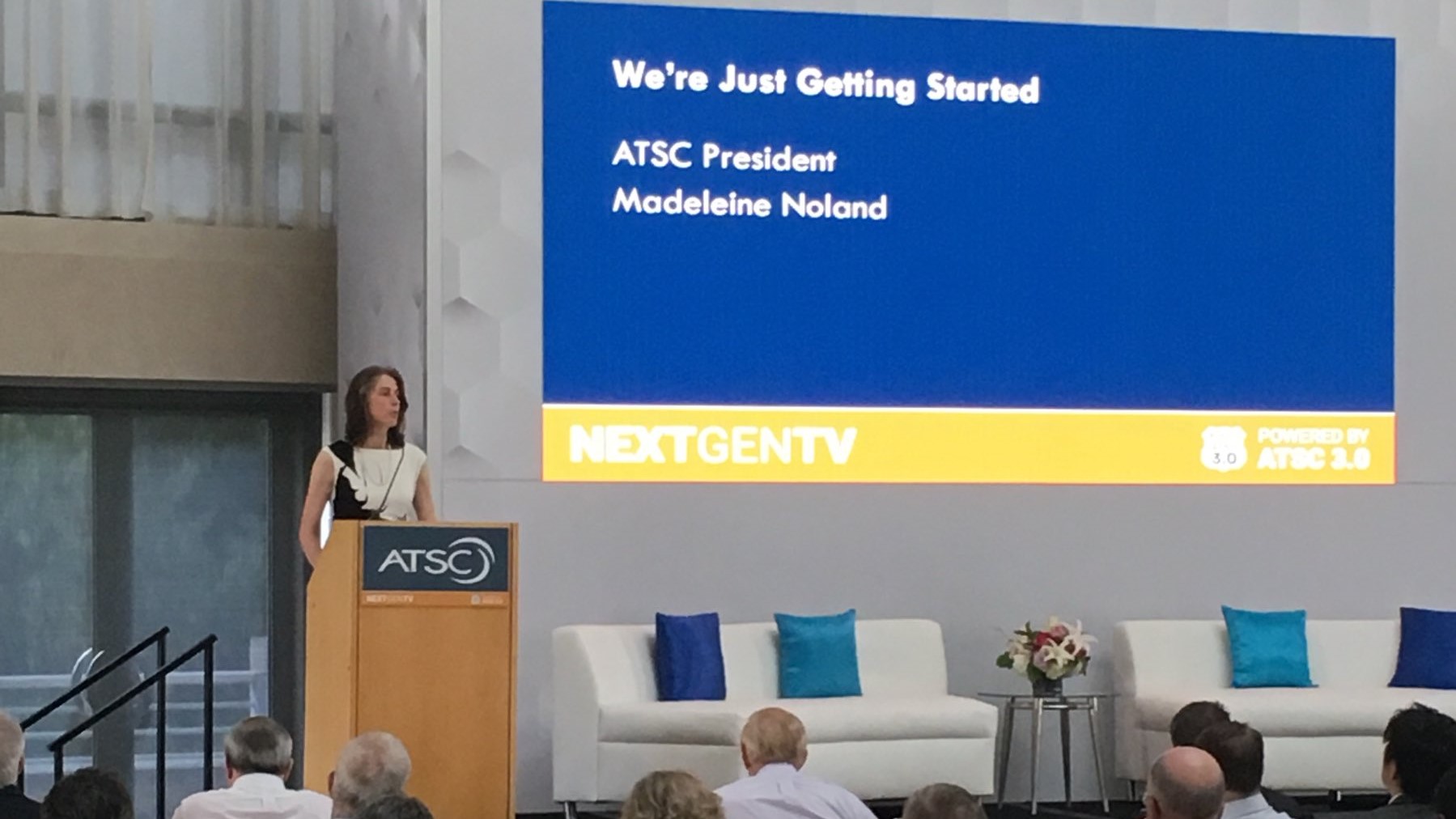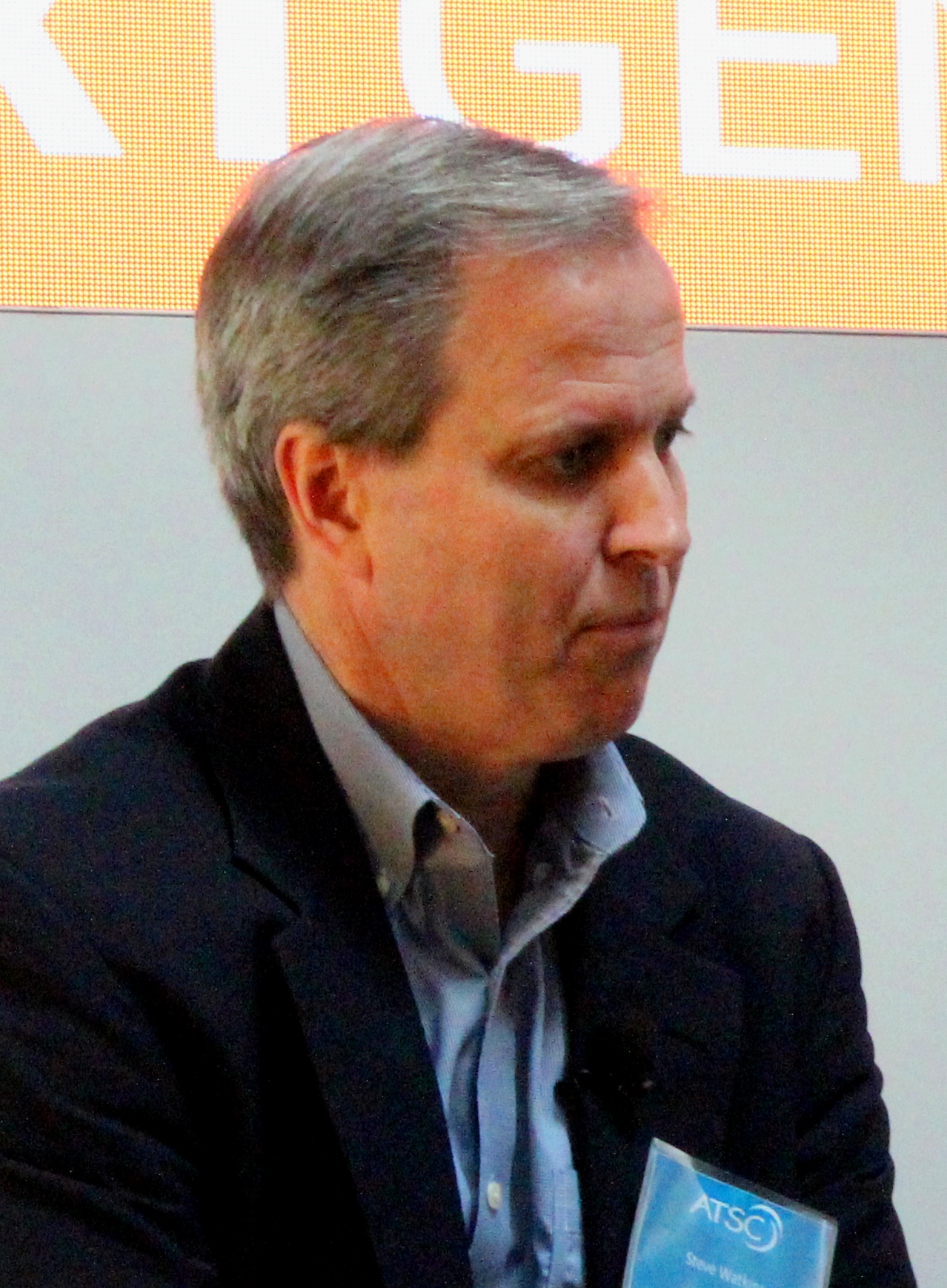ATSC Conference Examines Next Phase of 3.0 Rollout
WASHINGTON—As evidenced by field trials across the country and a groundswell of support from equipment manufacturers at this year’s NAB Show, it’s time to consider what must happen next to get ATSC 3.0 into homes and creating consumer awareness of the new DTV standard. That was the focus of this year’s Advanced Television Systems Committee’s Next Gen TV conference, held in Washington, D.C., May 29-30.

One of the presentations (“By Any Other Name: Branding & Conformance Plans for ATSC 3.0”) examined the process of ensuring interoperability of equipment on both broadcast and consumer sides, and also of creating public awareness of 3.0 with the creation of a logo and catchy tradename.
“When you can’t get your service on a TV, that’s a problem,” said panelist Bob Campbell, director of engineering at Eurofins Digital Testing and chair of the ATSC’s Conformance Implementation Team, which is developing test materials and methodology to ensure 3.0 interoperability at all levels. “No consumer expects a $100 TV set to do exactly the same thing as a $1,000 set, but they certainly expect that when they plug it in it will show them a picture.”
Campbell stressed the importance of developing standardized test materials and making them available to all manufacturers so everyone is doing the same testing in the same way. “[Then] the broadcasters’ services all work on the TVs in the market and consumers get what they expected and they’re happy and they’ll keep buying TVs and watching your shows.”

Panelist Lesley Rohrbaugh, director of market research at the Consumer Technology Association, addressed the issue of making ATSC 3.0 a household name, explaining that development of a tradename and logo is anything but simple, noting that it began with brainstorming by a CTA study group to generate a list of names that might be used to describe the DTV standard.
“We then took this very long list of names and worked with our internal CTA legal counsel to make sure that we’re actually able to use them. We then did our favorite trademark refining just to ensure we [were] unique in our names.”
Another step involved exploration of the proposed names with consumers.
The professional video industry's #1 source for news, trends and product and tech information. Sign up below.
“We went to a group of 1,000 U.S. adults aged 18-plus in an online quantitative survey,” said Rohrbaugh. “They had to be household decision makers and also had to have a working television. Additionally, we looked at an oversample of 300 current over-the-air antenna users. We did that to see if that demographic differed in any way from the general population.”
She explained that these steps were just completed in mid-May, and there were still a number of processes before a branding name and logo would be ready to issue to consumer electronics manufacturers.
“After we complete the research, we’re going to work with a professional branding company to start looking at different logos. We’ll likely have another market research study in terms of testing that logo with consumers. We’ll license the official logo and then move on for the performance certification process.”
LOOKING AT ATSC 3.0 THROUGH AN MVP’S EYES
The necessity for close cooperation and partnering among TV broadcasters to get ATSC 3.0 on the air in the current era of contracting broadcast spectrum is well known by now, but there are other not-so-obvious players that also need to be included in 3.0 launch plans. This was driven home in the “Working with Multichannel Video Providers When Launching ATSC 3.0 Session”

Presenter Steve Watkins, Cox Media’s executive director of strategic technology policy, described what MVPs are up against in connection with a 3.0 launch by broadcasters.
“We recognize that the ATSC 1.0 signal has to be maintained for the next five years or so, and this is what cable systems are looking at,” said Watkins, noting that a shift to 3.0 will impact cable networks in several ways, one may be lack of a backup signal when a primary fiber link to a cable or satellite system headend fails.
“We’re finding that over-the-air signals may be different from what’s on the fiber,” said Watkins. “This leaves us vulnerable as we have no backup. [Also, it’s] a common thing in the MVP world for one operator to pass a signal on to others. This may or may not be acceptable. There also may be channels that exist on fiber but not on OTA. A lot of issues will have to be processed.”
According to Watkins, these include such items as signal watermarking, set-top box compatibility and signal formatting.
“Our systems are locked down to carry one format over a given channel,” he said. “This requires new encoding when things change. You have issues in failover as you can’t change over a whole multiplex with different formats. If any one channel goes down, you have to failover the whole multiplex. There’s a lot of complexity when you go through a failover. Dealing with customer issues also becomes much more complex—triggers that don’t work and applications that lock up.”
Watkins stressed the need to get all players in 3.0 implementation to the table and to make sure that all engineering personnel at all levels are involved.
Other conference presentations included a look at projections on how ATSC 3.0 will drive innovation in other areas, automotive applications of the standard, ways to encourage collaboration among broadcasters in implementing 3.0, and presentation on how the FCC will be assisting TV station operators in transitioning to next-gen broadcasting.
For a comprehensive source of TV Technology’s ATSC 3.0 coverage, see ourATSC3 silo.
James E. O’Neal has more than 50 years of experience in the broadcast arena, serving for nearly 37 years as a television broadcast engineer and, following his retirement from that field in 2005, moving into journalism as technology editor for TV Technology for almost the next decade. He continues to provide content for this publication, as well as sister publication Radio World, and others. He authored the chapter on HF shortwave radio for the 11th Edition of the NAB Engineering Handbook, and serves as contributing editor of the IEEE’s Broadcast Technology publication, and as associate editor of the SMPTE Motion Imaging Journal. He is a SMPTE Life Fellow, and a member of the SBE and Life Senior Member of the IEEE.

